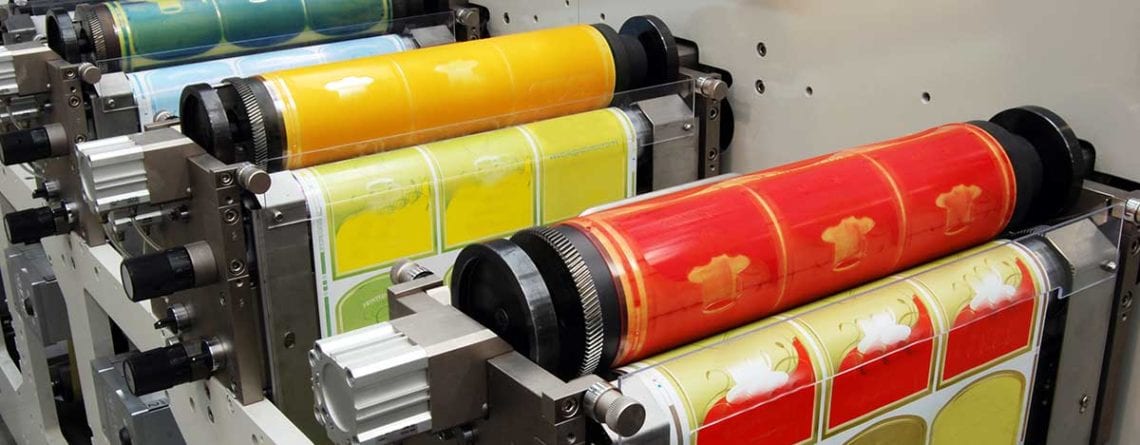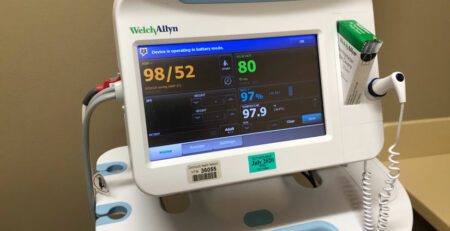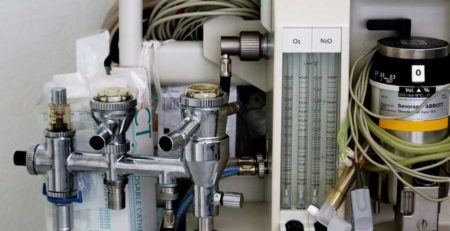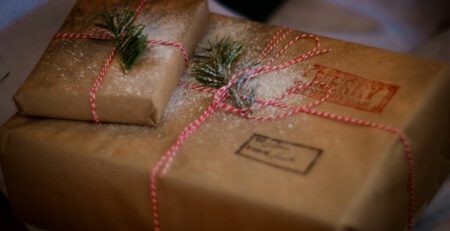10 Tips to Help You Design the Perfect Product Label
Product labels are one of the most important product packaging elements, and it’s easy to see why. Labels are the consumer’s window into the true contents of an opaque package, alerting the viewer to the type of product inside, sharing company branding, and more. Perhaps even more importantly, consumer product labels should help one particular package stand out among all the others on the shelf, enticing consumers to take that closer look and decide it’s the brand for them.
Why Product Label Design is Important
For these reasons, designing an appealing, effective product label is potentially the most crucial task you can undertake, whether you’re releasing a new product or rebranding an existing one. Unfortunately, far too many businesses neglect to pay mind to all the essential components of a good label and settle for one that achieves the bare minimum—naming the product, brand, and perhaps little else.
If you’re in the process of designing a product label, where should you direct your attention? Take it from the experts—you’ll want to consider this list of details to create an eye-catching, effective label:
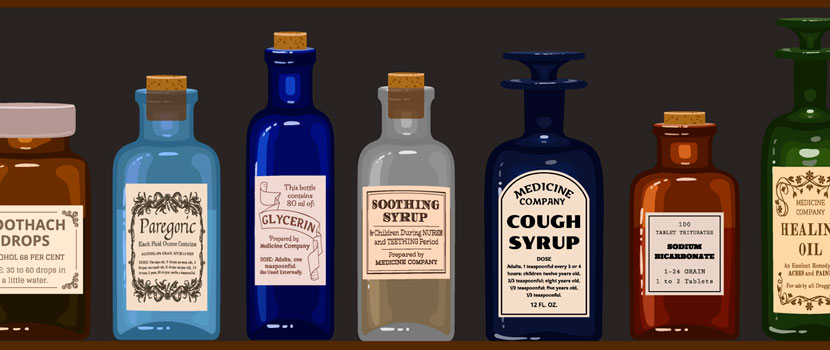

1. Consider the Size of Your Product and Where You’ll Place the Label
Before you get started designing the label itself, it’s a good idea to assess the area you have to work with; to that end, take a brief look at the overall size of your packaging as well as the space you have available for a label. For the most part, larger products offer more options for label placement than smaller ones and allow for a larger variety of label sizes and shapes. However, if you have an odd-shaped product or have chosen unique packaging, you may be a bit more limited; in these cases, you’ll need to pay particular attention to the label choices you make.
2. Design for the Size and Shape of the Label Itself
Label size and shape are largely influenced by the packaging size and shape, as mentioned above. A label that’s too small looks out of place and fails to catch the consumer’s eye; however, wrapped label designs that are too large for the container tend to block consumers from viewing the product inside. In addition, you’ll need a label shape that not only fits the packaging without creasing or lifting but draws attention on a shelf—unique shapes that fit your branding are a great option to set you apart from the competition.
3. Pick the Perfect Label Color Scheme
The color scheme you choose for your label can have a large impact on how your product is perceived. Consider the psychological research behind the colors available, and what tone you want your product to set, whether it’s tranquility, excitement, environmental friendliness, or something else. In addition, you’ll want to choose a color that stands out to members of your target demographic.
4. Spot Color vs Full-Color Labels
Once you have a color palette in mind, determine whether you’ll need spot color or full-color printing. Spot color printing usually limits your labels to three colors or less, while full-color printing uses all four printing colors to produce a more complex image. If you want photography or the like on your label, you’ll need full-color printing; however, spot color printing is usually less expensive.
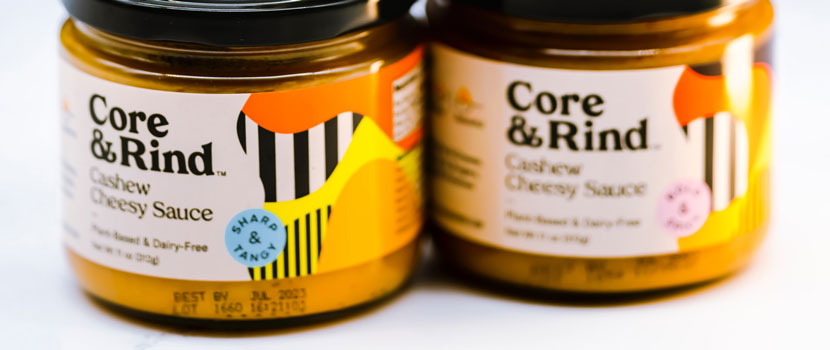

5. Pick the Right Font Size, Shape, and Color
Font choice is just as important as the imagery you choose for your product label—you’ll need to ensure your font color contrasts well with the background and is easily readable. The best fonts for labels are more complex than the standard word processing fonts, but not so busy they become jumbled and illegible. In general, choose a font that matches your product (an elegant font for a beauty product or a playful font for a children’s product) and is readable at a glance from several feet away.
6. Design to Make the Company Name Stand Out
Regardless of the product information, you include on the label—either by law or by design—ensure your potential consumers can see your product’s name and your company name prominently. This way, your company branding can accurately reflect the nature of the product inside. In addition, include contact information to encourage your customers to interact with your brand.
7. Bleed or No-Bleed?
After you determine which graphics and text you want on your label, you’ll need to determine your layout. Bleed simply refers to images and text that appears to extend past the margins of your label, while no-bleed layouts firmly place the printed elements within the label borders. Depending on your product type, one or the other may be more appropriate.
8. Pick the Right Label Material and Finish
Depending on your product and design, several types of label material are available. While it’s common to choose a white label for product labels with a great deal of graphics, you may want to utilize a high-quality translucent label to showcase the contents of your package. In addition, you can choose from matte, gloss, or even metallic foil to truly make your product stand out from the others.
9. Design with Barcodes in Mind
One aspect of label design many businesses neglect is how to create a barcode label. However, it’s one of the most important parts of your label—barcodes help identify your product as well as provide additional information and security when scanned. You’ll need to apply for a product UPC through the Uniform Code Council and obtain your information; your label printer will need these credentials to print your barcode label.
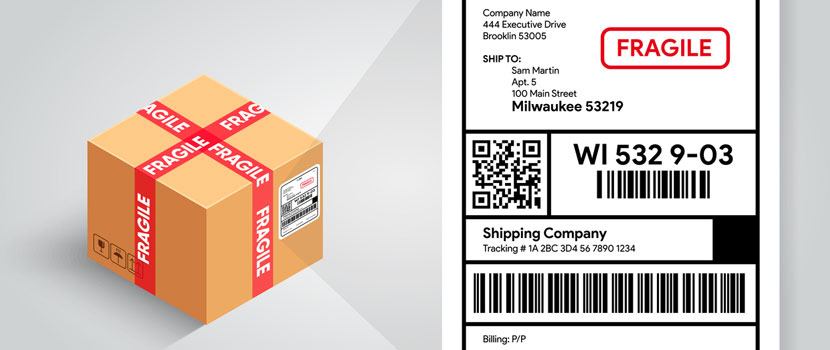

10. Choose the Right Label Adhesive
Once your label design is complete, it’s important to choose types of label adhesive that are appropriate for your packaging needs. If your product needs to withstand cold temperatures or wet conditions, you’ll need an all-temperature adhesive; for medical labels, you’ll need tamper-proof adhesive. In general, if your product must withstand the elements or chemical treatment, acrylic adhesives are your best bet, while rubber adhesives are suitable for less stressful applications.
Royal Label Printing Company is Here To Help!
The best label designs are those that perfectly suit your labeling needs, whether you require waterproof and durable industrial labels or consumer-facing labels that relay your company’s brand identity. As a top-rated label printing company in Boston, Royal Label can help you design and print labels for any product and any application. Contact us today with your design questions and technical specifications and we’ll print a durable, beautiful label for any application.

